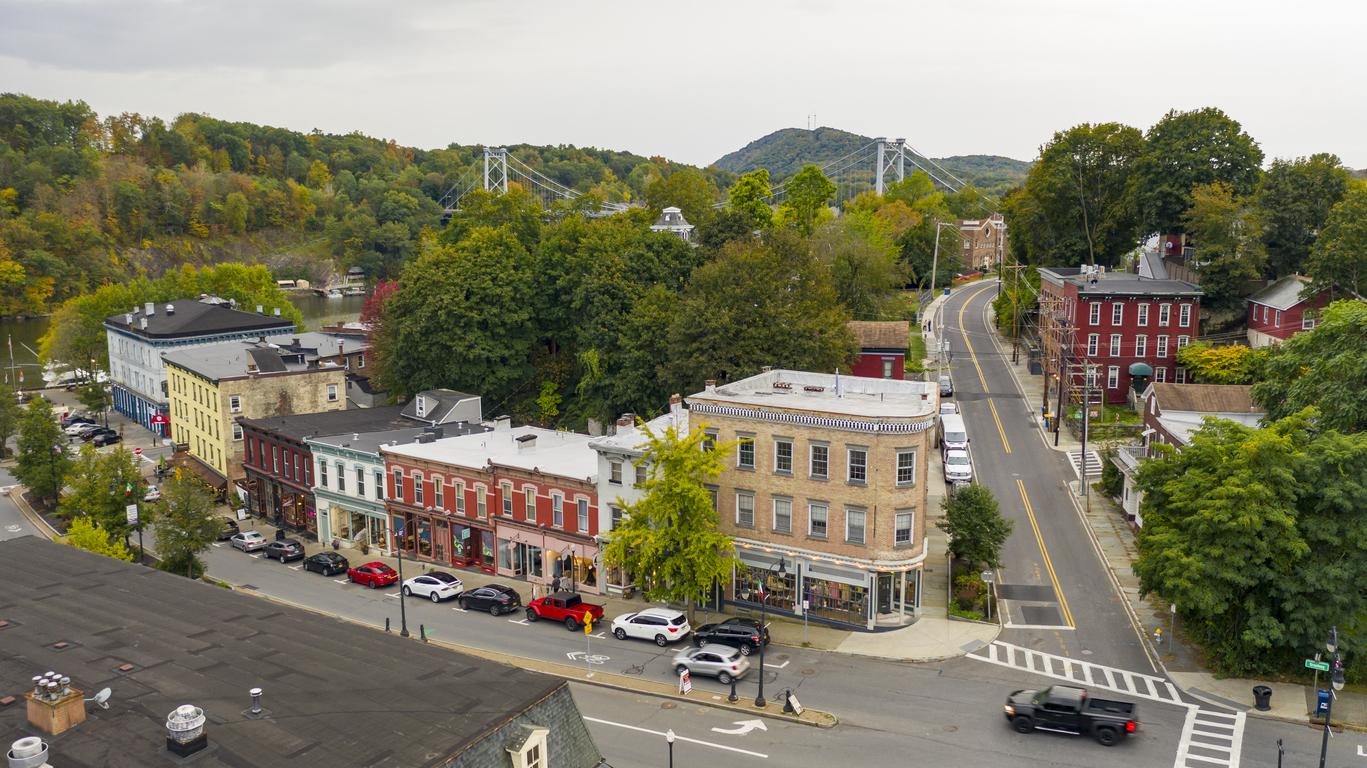- September 18, 2025
- 2 minutes read
New York State Unleashes $200 Million to Revive Downtowns and Support Small Town Economies

New York State has announced a major infusion of capital aimed at transforming downtowns across both urban hubs and rural communities through its latest funding round for the Downtown Revitalization Initiative and NY Forward programs. Governor Kathy Hochul has allocated $100 million to each program, summing to $200 million, to help local governments, businesses, and neighborhoods elevate their economic activity and quality of life. The funds are open to cities, towns, and villages statewide, with a deadline of November 7 for most applicants and an earlier cutoff at the Borough President’s office for New York City neighborhoods.
These initiatives have already invested more than $1.2 billion in 151 communities, spurring over 4,500 housing units and fueling improvements in infrastructure, business support, public spaces, and tourism amenities. A new requirement this round is that localities must be certified— or at least commit—to becoming “Pro-Housing Communities,” a policy designed to align economic revitalization with housing availability. In New York City, the funding streams are being combined in many cases to match the scale of needs, with some neighborhoods eligible for as much as $20 million in support.
The aim is to bolster small business growth particularly in underserved or overlooked regions, reduce the disparities between urban and rural economies, improve walkability, beautify public spaces, and make downtowns places where people want to live, work, shop, and visit. Local officials and community leaders are viewing this move as a chance not only to rebuild economic life after the disruptions of recent years but also to set up sustainable models for growth tied to housing, transit, and climate resilience.
Many small businesses are poised to benefit, especially those in retail, arts, hospitality, and services, which are often most sensitive to the condition of downtown foot traffic and local infrastructure. The inclusion of housing prerequisites may ease cost burdens for business workers and customers alike, by improving affordability and access. Community advocates are watching closely, hopeful that this investment will close gaps in places long excluded from major development, while critics caution that wealthier neighborhoods could outpace others in securing funding.
